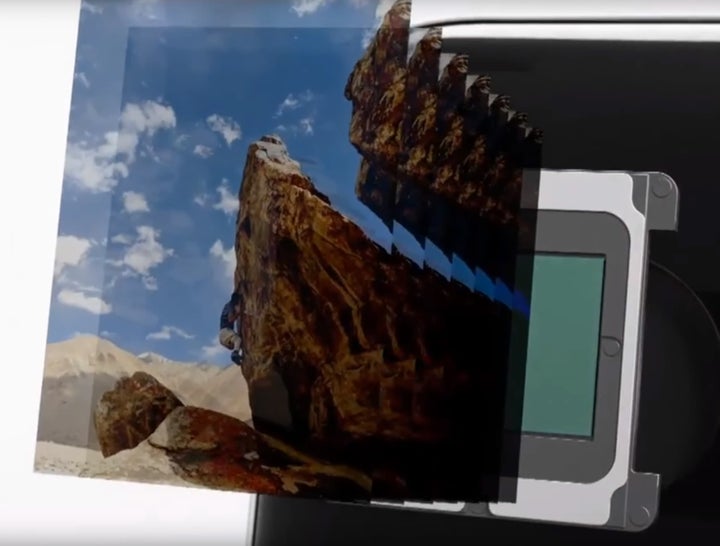
If you watched today’s Pixel 2 launch event, it was extremely clear that a major area of focus was on the camera. And it wasn’t just about introducing innovative technology or new sensors and lenses. As they swung some low blows at the iPhone 8. Google wanted to make it abundantly clear that their camera was better than anything else on the market. After several jabs at the 2 camera setup in the iPhone 8 Plus in addition to introducing their own version of portrait mode, Google went in for the win by revealing a DXOMark score of 98, the highest of any smartphone. But while Google may believe that they can win over photography enthusiasts with their single camera portrait mode, I firmly believe they missed the mark.
While DXOMARK scores and computational improvements are amazing feats, every photographer knows there is more to a great portrait than the amount of bokeh. Focal length is one of the most meaningful choices a photographer will make in determining the overall look, feel, and emotion in a photograph. Even if Google with their dual pixel computational methods for creating a perfect portrait succeeds in creating SLR like bokeh with amazing subject separation and smooth gradations, the single wide-angle lens will never mimic the look and feel of good portrait. Minimizing distortion, changing perspective, and increasing compression require a longer focal length lens such as the ones housed in the iPhone 8 Plus and Samsung Note 8 and there is no amount of digital zoom or post cropping that will change that.

The Google Pixel 2 camera is certainly impressive. In fact, the entire idea of computational photography based on sets of images is likely the future of cameras in general. We have seen attempts at this with high resolution modes, focus stacking, and HDR especially in mirrorless cameras. In fact, cameras like the Panasonic GH5 can already produce 60 8mp jpeg images per second and the full frame Sony A9 up to 20 images at 24MP. I can easily imagine the possibility of Google’s computational photography algorithms analyze several frames from the GH5 in a split second to produce a single image with the dynamic range, detail, and bokeh of a full frame camera. But no matter how meaningful computational photography and algorithms are, you cannot ignore physical elements like focal length. For now, the dual camera system is still the best mobile answer we have for portrait photography and even other genres that require longer focal lengths no matter what the DXOMARK score says.
Follow Dan Watson @Learningcameras | Stay tuned and follow me for more updates!
